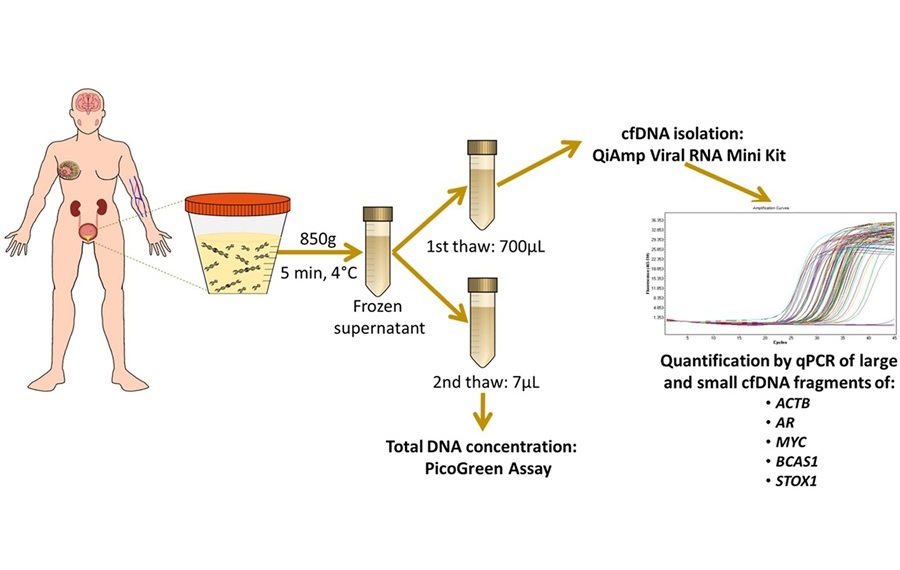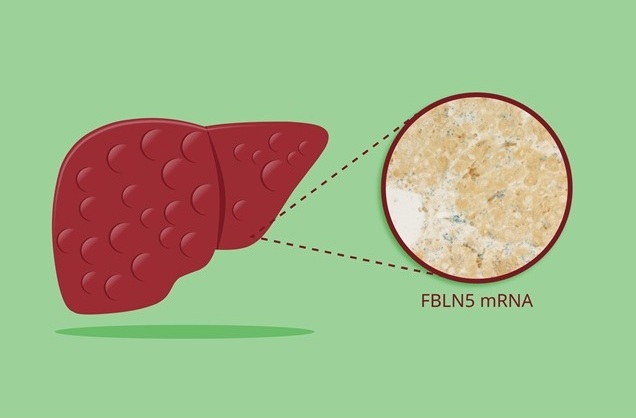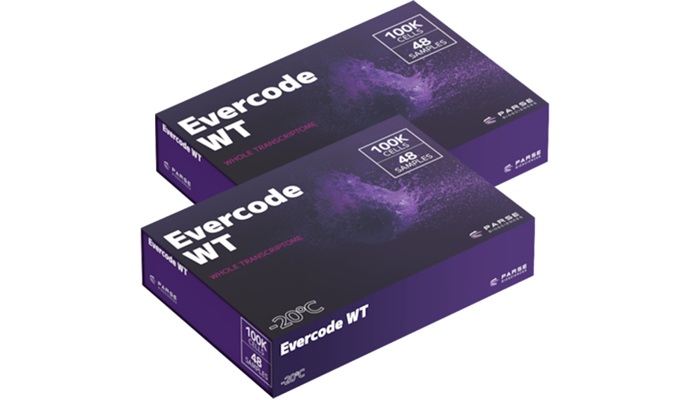Dental Research Effort Aims to Stem Oral Cancer in India
|
By LabMedica International staff writers Posted on 23 Sep 2015 |
Pioneering use of laser technology to advance better methods of tracking and treating oral cancers (OCs) is leading to the ability to noninvasively detect these cancers with a portable device.
Regular biopsies were standard practice to monitor precancerous mouth lesions before they may metastasized. But often patients did not return after the first biopsy due to the pain. Petra Wilder-Smith, DDS, PhD, professor-in-residence and director of the dental program at the Beckman Laser Institute & Medical Clinic, University of California, Irvine (Irvine, CA, USA) and M.A. Kuriakose, chief of head and neck oncology at the Mazumdar-Shaw Cancer Center (Bangalore, India) have partnered in leading teams to develop and test a low-cost, portable screening device that field-workers in India can use to detect possible OC. The device is solar-powered, slightly larger than a shoebox, and can take laser images of oral lesions that will be sent via mobile phone to Mazumdar-Shaw and Beckman Laser Institute for assessment. The technology could enable people—many of whom rarely see dentists—to receive early-stage care and dramatically improve their outcomes.
“Petra is widely recognized for her visionary leadership in the pioneering use of optics and photonics technologies for improving oral health,” said Bruce Tromberg, director of the Beckman Laser Institute, “She has a special combination of abilities as a compassionate clinician with a unique understanding of patient needs, particularly in medically underserved communities.”
OCs are caused by a variety of factors, including tobacco and alcohol use, HPV infections, poor diets, and the chewing of betel quid, which is common in many parts of Asia. Most OC patients first see a doctor at late stages where survival rates are under 40%. In low-resource nations like India, which has the planet’s highest burden of OC (about 80,000 new cases annually), the situation is more acute, primarily due to lack of awareness and healthcare access. Data from the Million Death Study show that OC accounts for 35% of all cancer deaths among Indian men.
The study is in its first phase. Teams from Beckman and Mazumdar-Shaw have traveled India gauging mobile phone reception, and a prototype of the device has been tested on a small group of patients. They are gearing up for testing a larger cohort of subjects across India.
“We’re in the process of reviewing the data now to figure out where we draw the lines that determine whether a measurement signifies that the tissues are normal or precancerous or malignant,” said Dr. Wilder-Smith, “We’re really satisfied with the progress.” With another collaborator at the University of Arizona, she is creating a snap-on laser device for smartphones that can also perform lesion analysis in the field. The technology is in its experimental phase, and the researchers are seeking funding to support further development. “We are truly advancing methods to remotely use laser technology to diagnose tissues, which can help out both patients and oncologists,” she said.
Related Links:
Beckman Laser Institute & Medical Clinic, U California, Irvine
Mazumdar-Shaw Cancer Center
Regular biopsies were standard practice to monitor precancerous mouth lesions before they may metastasized. But often patients did not return after the first biopsy due to the pain. Petra Wilder-Smith, DDS, PhD, professor-in-residence and director of the dental program at the Beckman Laser Institute & Medical Clinic, University of California, Irvine (Irvine, CA, USA) and M.A. Kuriakose, chief of head and neck oncology at the Mazumdar-Shaw Cancer Center (Bangalore, India) have partnered in leading teams to develop and test a low-cost, portable screening device that field-workers in India can use to detect possible OC. The device is solar-powered, slightly larger than a shoebox, and can take laser images of oral lesions that will be sent via mobile phone to Mazumdar-Shaw and Beckman Laser Institute for assessment. The technology could enable people—many of whom rarely see dentists—to receive early-stage care and dramatically improve their outcomes.
“Petra is widely recognized for her visionary leadership in the pioneering use of optics and photonics technologies for improving oral health,” said Bruce Tromberg, director of the Beckman Laser Institute, “She has a special combination of abilities as a compassionate clinician with a unique understanding of patient needs, particularly in medically underserved communities.”
OCs are caused by a variety of factors, including tobacco and alcohol use, HPV infections, poor diets, and the chewing of betel quid, which is common in many parts of Asia. Most OC patients first see a doctor at late stages where survival rates are under 40%. In low-resource nations like India, which has the planet’s highest burden of OC (about 80,000 new cases annually), the situation is more acute, primarily due to lack of awareness and healthcare access. Data from the Million Death Study show that OC accounts for 35% of all cancer deaths among Indian men.
The study is in its first phase. Teams from Beckman and Mazumdar-Shaw have traveled India gauging mobile phone reception, and a prototype of the device has been tested on a small group of patients. They are gearing up for testing a larger cohort of subjects across India.
“We’re in the process of reviewing the data now to figure out where we draw the lines that determine whether a measurement signifies that the tissues are normal or precancerous or malignant,” said Dr. Wilder-Smith, “We’re really satisfied with the progress.” With another collaborator at the University of Arizona, she is creating a snap-on laser device for smartphones that can also perform lesion analysis in the field. The technology is in its experimental phase, and the researchers are seeking funding to support further development. “We are truly advancing methods to remotely use laser technology to diagnose tissues, which can help out both patients and oncologists,” she said.
Related Links:
Beckman Laser Institute & Medical Clinic, U California, Irvine
Mazumdar-Shaw Cancer Center
Latest Technology News
- Artificial Intelligence Model Could Accelerate Rare Disease Diagnosis
- AI Saliva Sensor Enables Early Detection of Head and Neck Cancer
- AI-Powered Biosensor Technology to Enable Breath Test for Lung Cancer Detection
- AI Model Achieves Breakthrough Accuracy in Ovarian Cancer Detection
- Portable Biosensor Diagnoses Psychiatric Disorders Using Saliva Samples
- Cell-Sorting Device Uses Electromagnetic Levitation to Precisely Direct Cell Movement

- Embedded GPU Platform Enables Rapid Blood Profiling for POC Diagnostics
- Viral Biosensor Test Simultaneously Detects Hepatitis and HIV
- Acoustofluidic Device to Transform Point-Of-Care sEV-Based Diagnostics
- AI Algorithm Assesses Progressive Decline in Kidney Function
Channels
Clinical Chemistry
view channel
Chemical Imaging Probe Could Track and Treat Prostate Cancer
Prostate cancer remains a leading cause of illness and death among men, with many patients eventually developing resistance to standard hormone-blocking therapies. These drugs often lose effectiveness... Read more
Mismatch Between Two Common Kidney Function Tests Indicates Serious Health Problems
Creatinine has long been the standard for measuring kidney filtration, while cystatin C — a protein produced by all human cells — has been recommended as a complementary marker because it is influenced... Read moreMolecular Diagnostics
view channel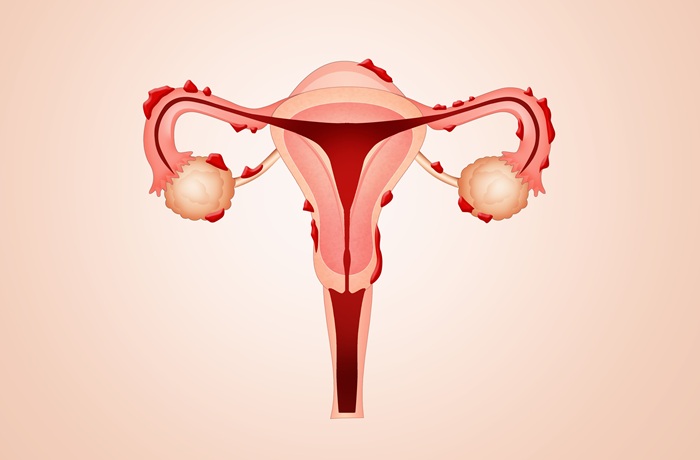
Blood Test Enables Non-Invasive Endometriosis Detection
Endometriosis is a chronic, complex, yet relatively common gynecological disorder, reportedly affecting 1 in 10 adult and adolescent women. Endometriosis causes tissue similar to the lining of the uterus... Read more
New Blood Biomarkers Help Diagnose Pregnancy-Linked Liver Complication
Intrahepatic cholestasis of pregnancy (ICP) is the most common liver disorder linked to pregnancy and can pose serious risks for both mother and baby, including premature delivery and stillbirth.... Read moreHematology
view channel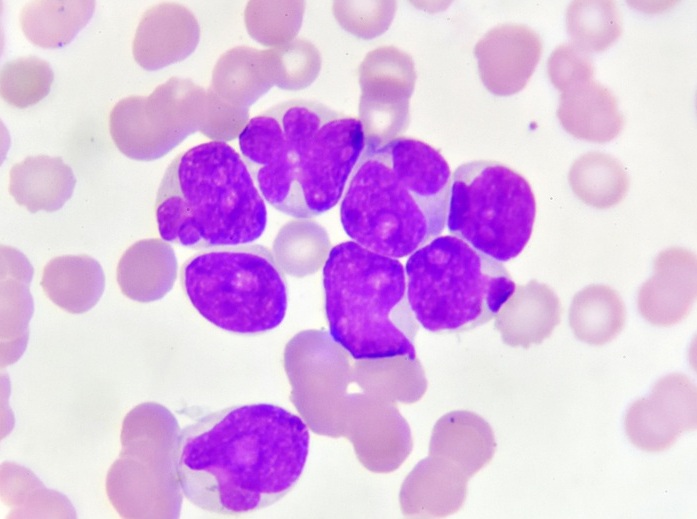
MRD Tests Could Predict Survival in Leukemia Patients
Acute myeloid leukemia is an aggressive blood cancer that disrupts normal blood cell production and often relapses even after intensive treatment. Clinicians currently lack early, reliable markers to predict... Read more
Platelet Activity Blood Test in Middle Age Could Identify Early Alzheimer’s Risk
Early detection of Alzheimer’s disease remains one of the biggest unmet needs in neurology, particularly because the biological changes underlying the disorder begin decades before memory symptoms appear.... Read more
Microvesicles Measurement Could Detect Vascular Injury in Sickle Cell Disease Patients
Assessing disease severity in sickle cell disease (SCD) remains challenging, especially when trying to predict hemolysis, vascular injury, and risk of complications such as vaso-occlusive crises.... Read more
ADLM’s New Coagulation Testing Guidance to Improve Care for Patients on Blood Thinners
Direct oral anticoagulants (DOACs) are one of the most common types of blood thinners. Patients take them to prevent a host of complications that could arise from blood clotting, including stroke, deep... Read moreImmunology
view channel
Routine Blood Test Can Predict Who Benefits Most from CAR T-Cell Therapy
CAR T-cell therapy has transformed treatment for patients with relapsed or treatment-resistant non-Hodgkin lymphoma, but many patients eventually relapse despite an initial response. Clinicians currently... Read more
New Test Distinguishes Vaccine-Induced False Positives from Active HIV Infection
Since HIV was identified in 1983, more than 91 million people have contracted the virus, and over 44 million have died from related causes. Today, nearly 40 million individuals worldwide live with HIV-1,... Read more
Gene Signature Test Predicts Response to Key Breast Cancer Treatment
DK4/6 inhibitors paired with hormone therapy have become a cornerstone treatment for advanced HR+/HER2– breast cancer, slowing tumor growth by blocking key proteins that drive cell division.... Read more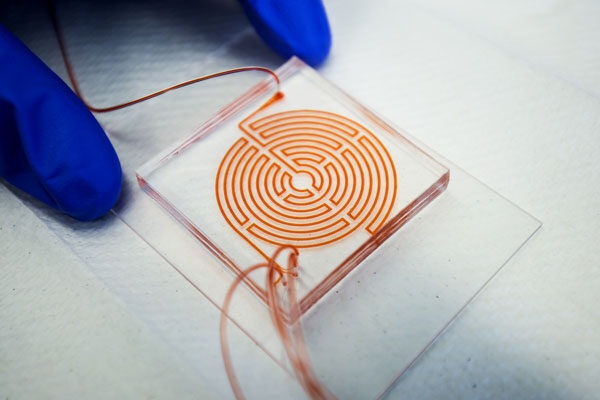
Chip Captures Cancer Cells from Blood to Help Select Right Breast Cancer Treatment
Ductal carcinoma in situ (DCIS) accounts for about a quarter of all breast cancer cases and generally carries a good prognosis. This non-invasive form of the disease may or may not become life-threatening.... Read moreMicrobiology
view channel
Blood-Based Diagnostic Method Could Identify Pediatric LRTIs
Lower-respiratory tract infections (LRTIs) are a leading cause of illness and death worldwide, and pneumonia is the leading infectious cause of death in children under five, claiming the lives of over... Read more
Rapid Diagnostic Test Matches Gold Standard for Sepsis Detection
Sepsis kills 11 million people worldwide every year and generates massive healthcare costs. In the USA and Europe alone, sepsis accounts for USD 100 billion in annual hospitalization expenses.... Read moreRapid POC Tuberculosis Test Provides Results Within 15 Minutes
Tuberculosis remains one of the world’s deadliest infectious diseases, and reducing new cases depends on identifying individuals with latent infection before it progresses. Current diagnostic tools often... Read more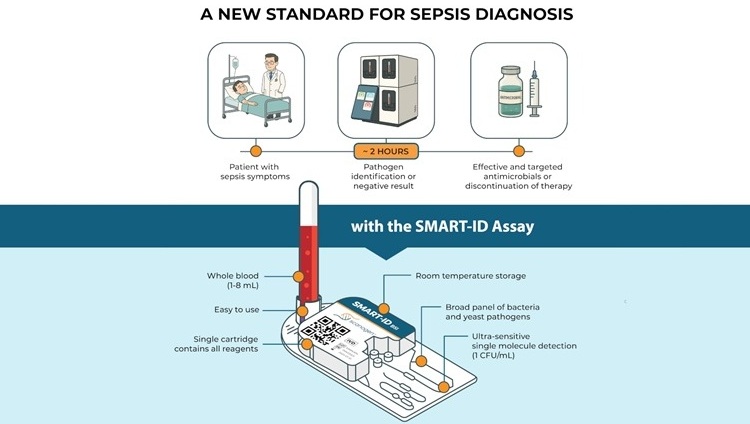
Rapid Assay Identifies Bloodstream Infection Pathogens Directly from Patient Samples
Bloodstream infections in sepsis progress quickly and demand rapid, precise diagnosis. Current blood-culture methods often take one to five days to identify the pathogen, leaving clinicians to treat blindly... Read morePathology
view channel
Rapid Low-Cost Tests Can Prevent Child Deaths from Contaminated Medicinal Syrups
Medicinal syrups contaminated with toxic chemicals have caused the deaths of hundreds of children worldwide, exposing a critical gap in how these products are tested before reaching patients.... Read more
Tumor Signals in Saliva and Blood Enable Non-Invasive Monitoring of Head and Neck Cancer
Head and neck cancers are among the most aggressive malignancies worldwide, with nearly 900,000 new cases diagnosed each year. Monitoring these cancers for recurrence or relapse typically relies on tissue... Read more
Common Health Issues Can Influence New Blood Tests for Alzheimer’s Disease
Blood-based tests for Alzheimer’s disease are transforming diagnosis by offering a simpler alternative to spinal taps and brain imaging. However, many people evaluated at memory clinics also live with... Read more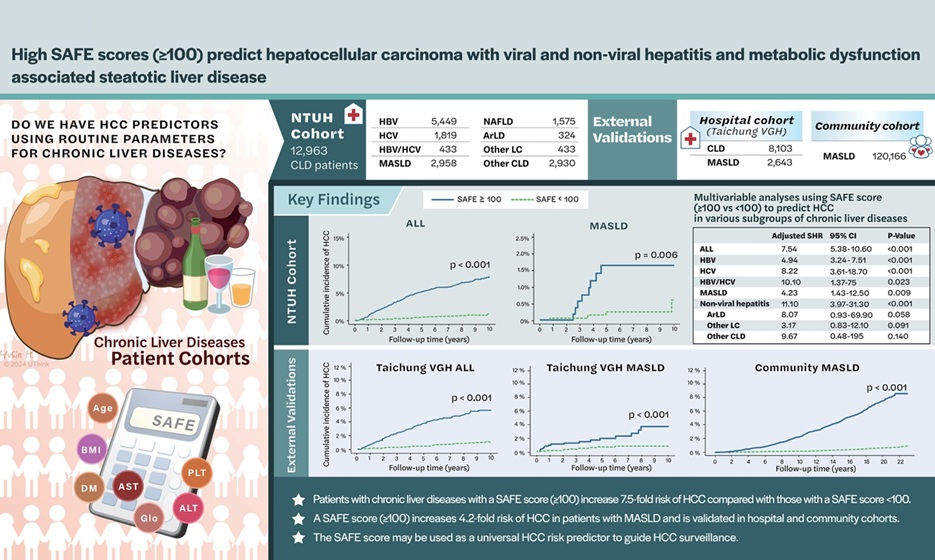
Blood Test Formula Identifies Chronic Liver Disease Patients with Higher Cancer Risk
Chronic liver disease affects millions worldwide and can progress silently to hepatocellular carcinoma (HCC), one of the deadliest cancers globally. While surveillance guidelines exist for patients with... Read moreIndustry
view channel
Abbott Acquires Cancer-Screening Company Exact Sciences
Abbott (Abbott Park, IL, USA) has entered into a definitive agreement to acquire Exact Sciences (Madison, WI, USA), enabling it to enter and lead in fast-growing cancer diagnostics segments.... Read more













